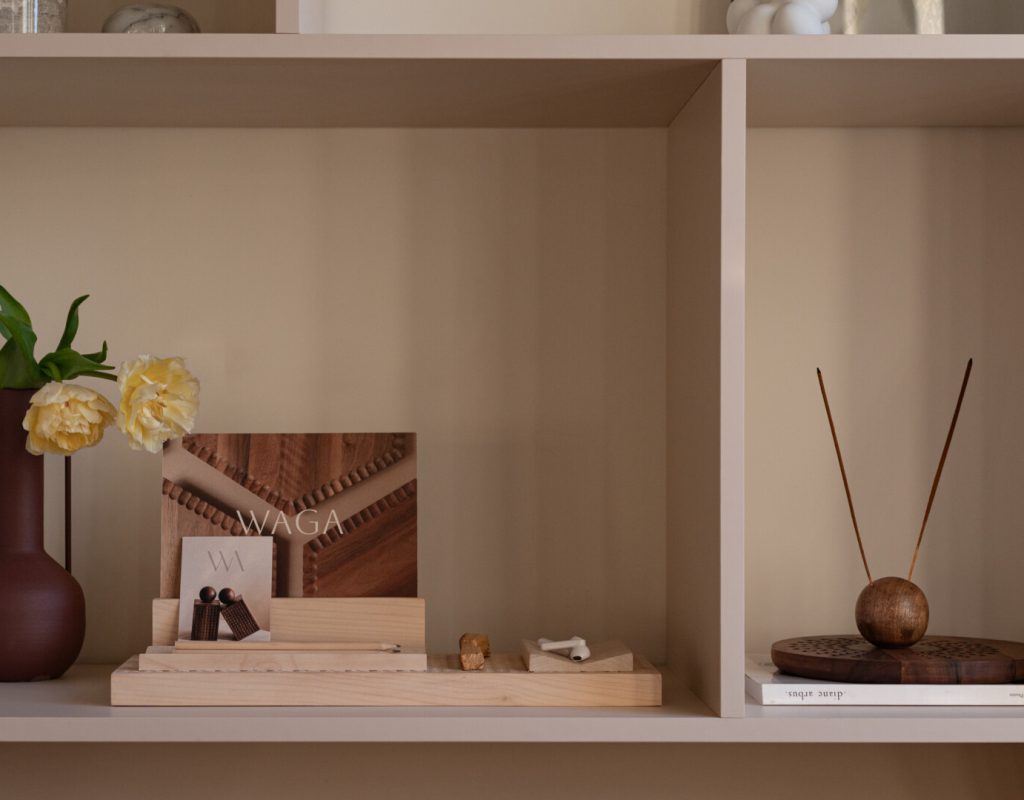Why Choose Eco-Friendly Home Decor?
In our pursuit of elegance and comfort, we sometimes overlook the environmental impact of our decor choices. From the materials selected to their disposal, home decor significantly influences our carbon footprint.
By embracing eco-friendly options, we can transform our living spaces into harmonious sanctuaries while making a positive difference for the planet.
The Environmental Impact of Home Decor Production
When it comes to home decor production, the environmental consequences are far-reaching. From deforestation to pollution, the process of extracting raw materials and manufacturing takes a huge toll on our planet.
Pollutes the Air and Water
The manufacturing of home decor typically involves various chemical processes, including the use of volatile organic compounds (VOCs) in paints, adhesives, and finishes.
These chemicals can release harmful pollutants into the air and water, posing health risks to wildlife and creating long-lasting health effects on both workers and consumers.
Promotes Further Deforestation
Furthermore, mainstream wooden decor often relies on wood from unsustainable forestry practices, leading to significant deforestation.
This not only contributes to the loss of biodiversity but also disrupts crucial ecosystems that play a role in carbon reduction, accelerating climate change.

No Effective Waste Management
Another important aspect to consider is waste management of mainstream decor production. The disposal of old decor adds to landfill waste, where non-decomposable materials can linger for centuries.
Mainstream decor companies often have no waste management, which results in significant waste increase, including non-biodegradable materials like plastics and metals, as well as excess wood and fabric scraps.
Leaves a Heavy Carbon Footprint
Lastly, we need to keep in mind the energy consumption involved in any mainstream manufacturing. Many home decor factories rely only on non-renewable energy sources, contributing to greenhouse gas emissions and overall pollution.
This reliance on fossil fuels not only exacerbates climate change but also perpetuates a cycle of energy inefficiency within the industry.
How to Help: Choosing Sustainable Home Decor
By choosing ethically made sustainable wooden decor, we can minimise the negative impact on the environment. Sustainable practices, such as using FSC-certified wood, help minimise deforestation and promote mindful consumption.
Additionally, pieces created with environmental impact in mind use non-toxic finishes and adhesives, reducing harmful chemicals released into our environment. Choosing sustainable decor can also have a positive impact on the global economy.

Sustainable brands often employ local artisans, supporting small communities and traditional craftsmanship. By investing in these brands, we contribute to the growth of ethical and fair trade practices, ensuring that workers are paid fairly and work in safe conditions.
Lastly, choosing eco-friendly decor often contributes to creating a circular economy. This philosophy focuses on creating decoration items that are durable, repairable, and ultimately recyclable. By keeping longevity in mind, manufacturers can help reduce the amount of furniture waste that ends up in landfills.
The Return of Investing in Sustainable Decor

Crafted for Generations to Enjoy
Firstly, sustainable home decor pieces tend to be of higher quality and built to last. With their durable materials and skilled craftsmanship, they withstand the test of time, reducing the need for frequent replacements. Not only does this save money in the long run, but it also helps minimise furniture waste.
Contributes to Clearing Excessive Pollution
Secondly, eco-friendly decor is created using non-toxic materials and finishes. This means that the air quality in our homes remains healthier, as we are not exposed to harmful chemicals. This is especially beneficial for those with allergies or sensitivities, as it creates a safer and more comfortable living environment for us and our loved ones.
Absolute Conversation Starters
Choosing eco-friendly decor sparks conversations and inspires others to make sustainable choices. Our homes become a reflection of our values, and by showcasing our commitment to the environment, we become advocates for positive change in our communities.
How to Identify Eco-Friendly Home Decor
Identifying sustainable home decor amidst a sea of options can be overwhelming. However, there are two key indicators that can help us make informed choices.

Look for the FSC Certification
Firstly, look for certifications such as the Forest Stewardship Council (FSC) certification. The FSC certification, in particular, verifies that the wood used has been sourced from forests that are managed responsibly, prioritising environmental, social, and economic benefits.
Look Into the Production Process
Secondly, look into the manufacturing process of the brand you’re purchasing from. Eco-friendly manufacturers that prioritise sustainable practices usually highlight and display their processes transparently on their webpage. In order to make educated decisions, check the brand’s waste management, choice of materials, and if the products were handcrafted or manufactured.
WAGA's Role in Sustainability
Sustainability is one of WAGA’s core values, along with a commitment to ethical sourcing and keeping an UNESCO protected practice alive. In addition to using FSC certified wood, WAGA prioritises leftover wood from the furniture industry, reducing the demand for new resources.

Additionally, WAGA’s collaboration with local artisans ensures that traditional craftsmanship thrives while preserving cultural heritage and minimising the carbon emissions of manufacturing.
Through all these efforts, WAGA helps create and support a circular economy, benefiting the community, the environment, and the owners of WAGA’s products, all while keeping the ancient UNESCO Konjic woodcarving craft alive.
Conclusion
Deciding to purchase eco-friendly home decor is more than just a personal choice. It is a commitment to creating a better world for future generations. By supporting companies that prioritise sustainability, we encourage the market to shift towards more environmentally friendly practices.
This demand for eco-friendly products ultimately leads to a reduction in harmful manufacturing processes and the conservation of natural resources, bringing us one step closer to living in a sustainable world.


